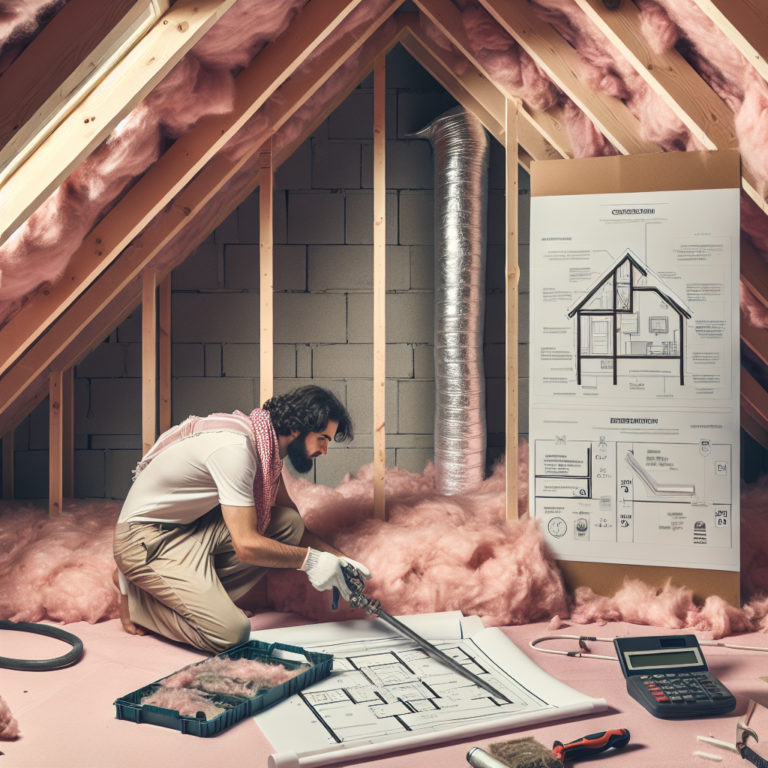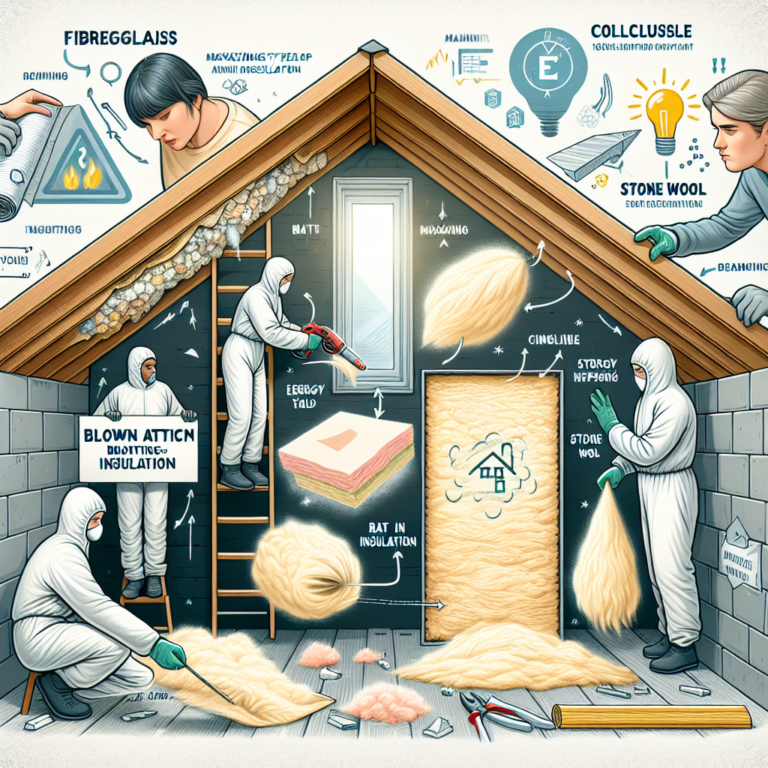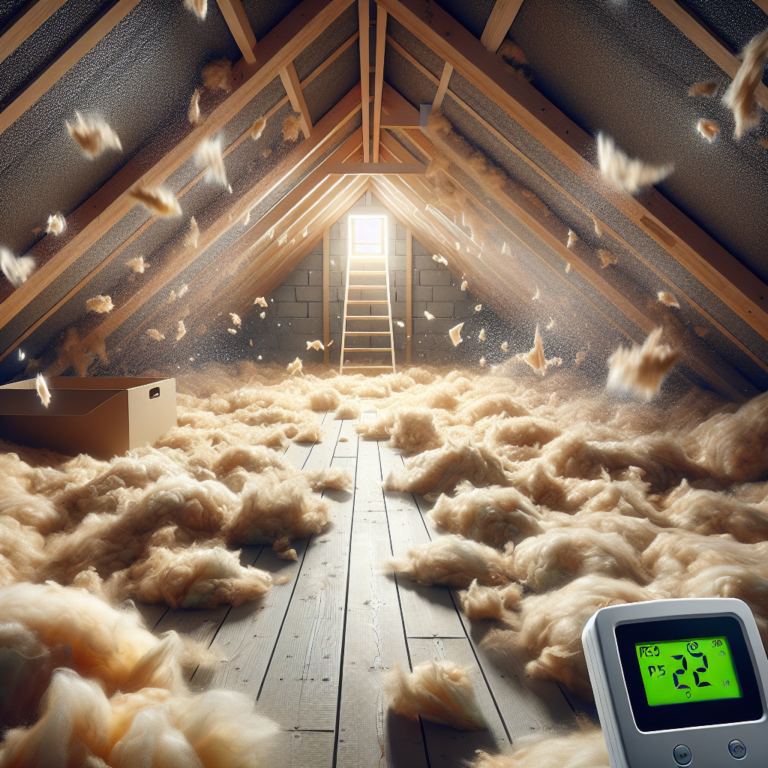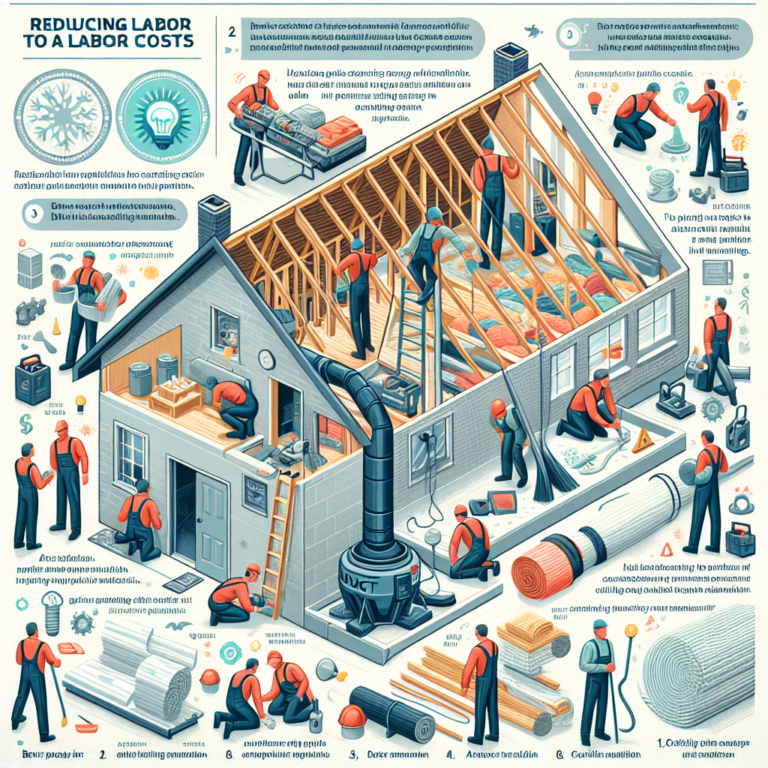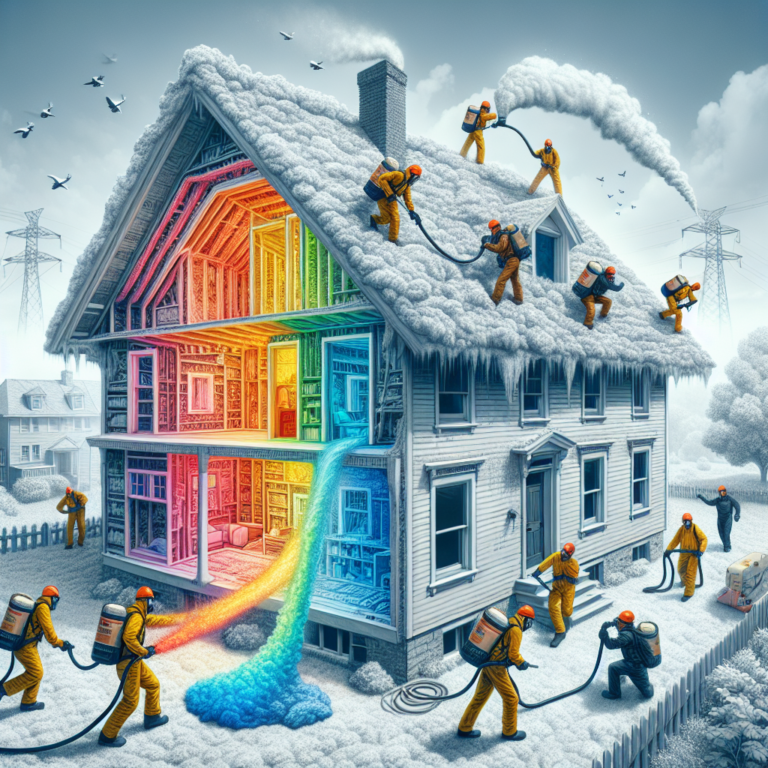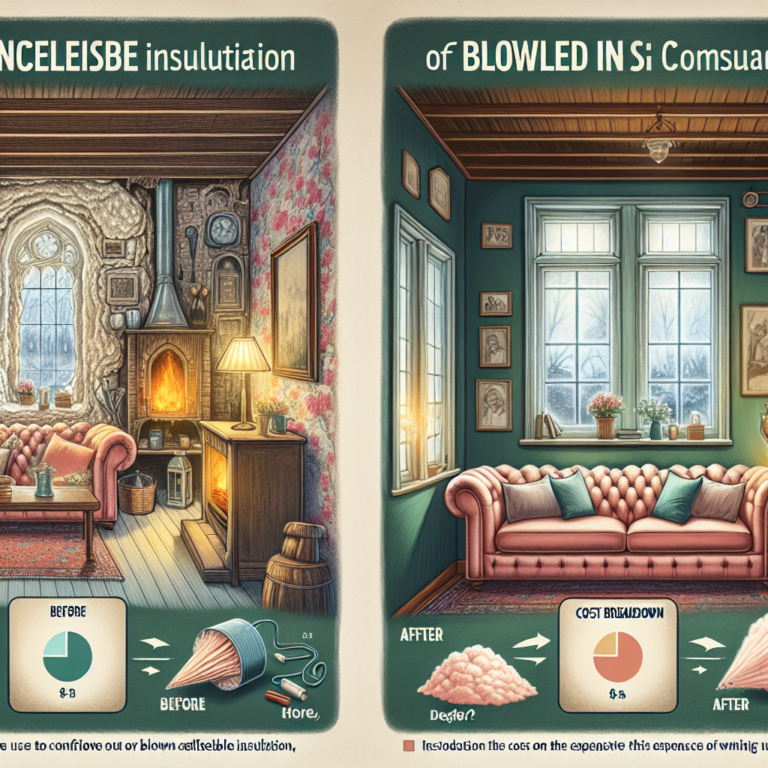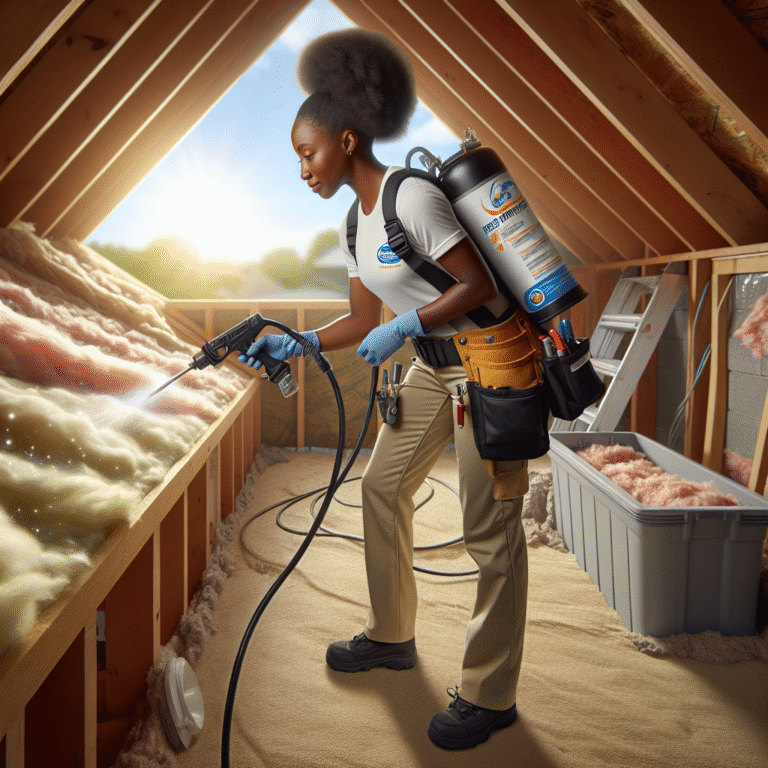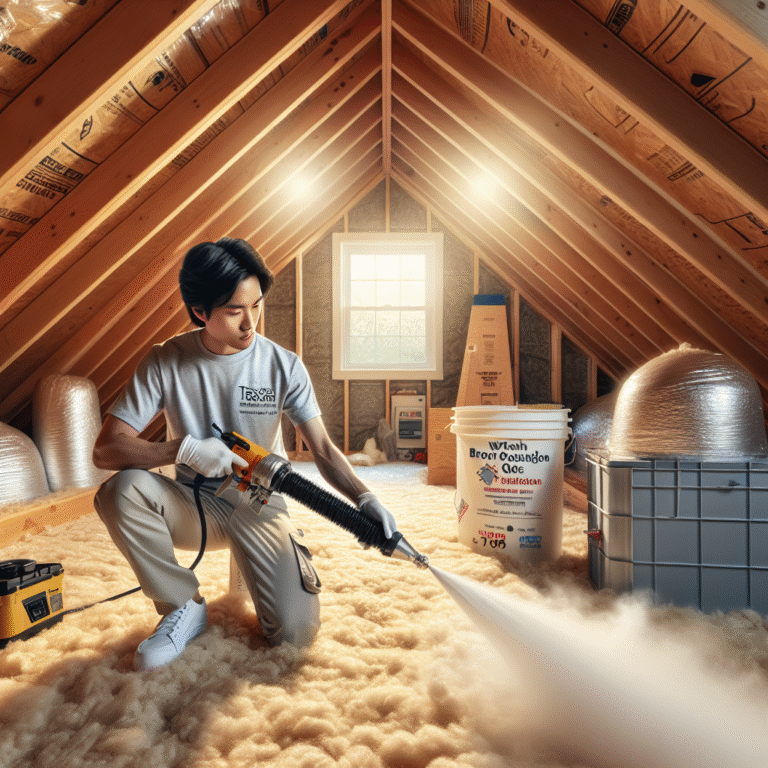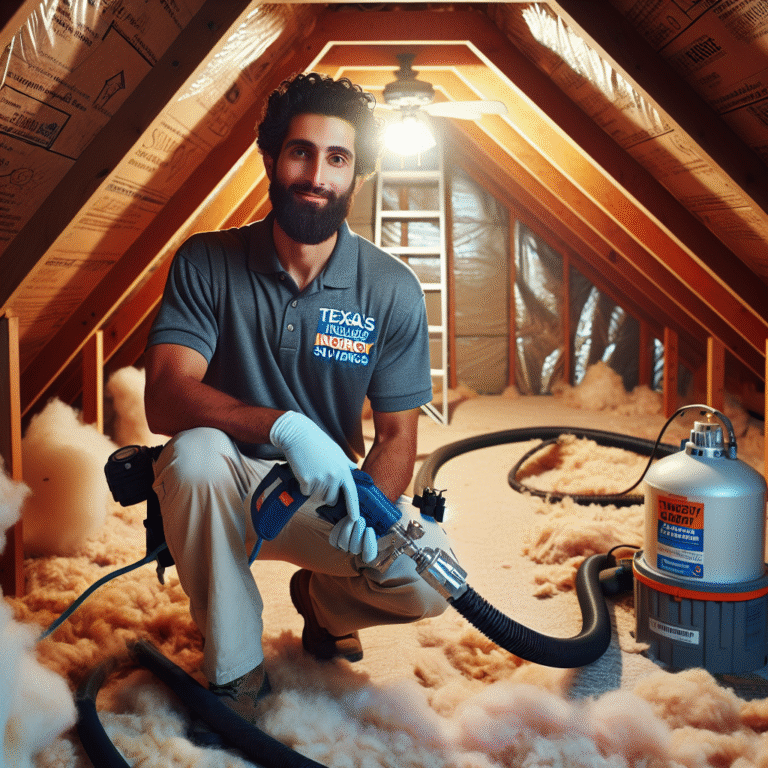-
Table of Contents
“Affordable comfort, one blown-in wall at a time.”
Introduction
Blown-in wall insulation is a popular method of insulating walls in homes and buildings. It involves using loose insulation material, such as fiberglass or cellulose, and blowing it into the walls using specialized equipment. This method is known for its effectiveness in reducing energy costs and improving the overall comfort of a space. However, many people are curious about the cost of blown-in wall insulation and whether it is a worthwhile investment. In this article, we will discuss the factors that affect the cost of blown-in wall insulation and provide an overview of the average cost for this type of insulation.
The Pros and Cons of DIY Blown-In Insulation for Your Walls
Blown-in wall insulation has become a popular choice for homeowners looking to improve the energy efficiency of their homes. This type of insulation involves using a machine to blow loose insulation material, such as fiberglass or cellulose, into the walls of a house. While it may seem like a simple and cost-effective solution, there are both pros and cons to consider before deciding to take on this DIY project.
One of the main advantages of blown-in wall insulation is its cost-effectiveness. Compared to other types of insulation, such as spray foam or rigid foam boards, blown-in insulation is relatively inexpensive. This makes it an attractive option for homeowners on a budget. Additionally, the installation process is relatively quick and easy, making it a viable DIY project for those who are handy around the house.
Another benefit of blown-in wall insulation is its ability to fill in small gaps and crevices in the walls. This can help to create a more airtight seal, preventing drafts and reducing energy loss. It can also help to reduce noise transmission, making your home quieter and more comfortable. Furthermore, blown-in insulation is non-toxic and does not emit any harmful chemicals, making it a safe option for families with children or pets.
However, there are also some drawbacks to consider when it comes to DIY blown-in wall insulation. One of the main concerns is the potential for improper installation. While the process may seem simple, it requires a certain level of skill and knowledge to ensure that the insulation is evenly distributed and properly packed into the walls. If not done correctly, it can lead to uneven insulation and even create pockets of air that can reduce its effectiveness.
Another disadvantage is the potential for damage to the walls. The process of blowing in insulation can be quite messy, and if not done carefully, it can result in damage to the walls. This can include cracks, dents, or even holes, which can be costly to repair. Additionally, if the insulation is not properly packed into the walls, it can settle over time, leaving gaps and reducing its effectiveness.
Another factor to consider is the type of insulation material used. While blown-in insulation is available in various materials, each has its own pros and cons. For example, fiberglass insulation is affordable and easy to install, but it can cause skin irritation and is not as effective at reducing noise transmission. On the other hand, cellulose insulation is more environmentally friendly and has better soundproofing capabilities, but it can be more expensive and may require professional installation.
It is also important to consider the climate and location of your home when deciding on blown-in wall insulation. In colder climates, where insulation is crucial for keeping the heat in, blown-in insulation may not be the most effective option. This is because it can settle over time, reducing its R-value (a measure of insulation’s ability to resist heat flow). In these cases, a more rigid and permanent insulation solution may be a better choice.
In conclusion, while blown-in wall insulation may seem like an attractive and cost-effective option for improving the energy efficiency of your home, there are both pros and cons to consider. It is important to carefully weigh these factors and assess your own skills and abilities before deciding to take on this DIY project. If done correctly, blown-in insulation can be a great way to save money on energy bills and make your home more comfortable. However, if not done properly, it can lead to costly repairs and reduced effectiveness. Ultimately, it is important to carefully consider all factors and make an informed decision that best suits your home and budget.
Calculating the Cost of Blown-In Wall Insulation: Factors to Consider
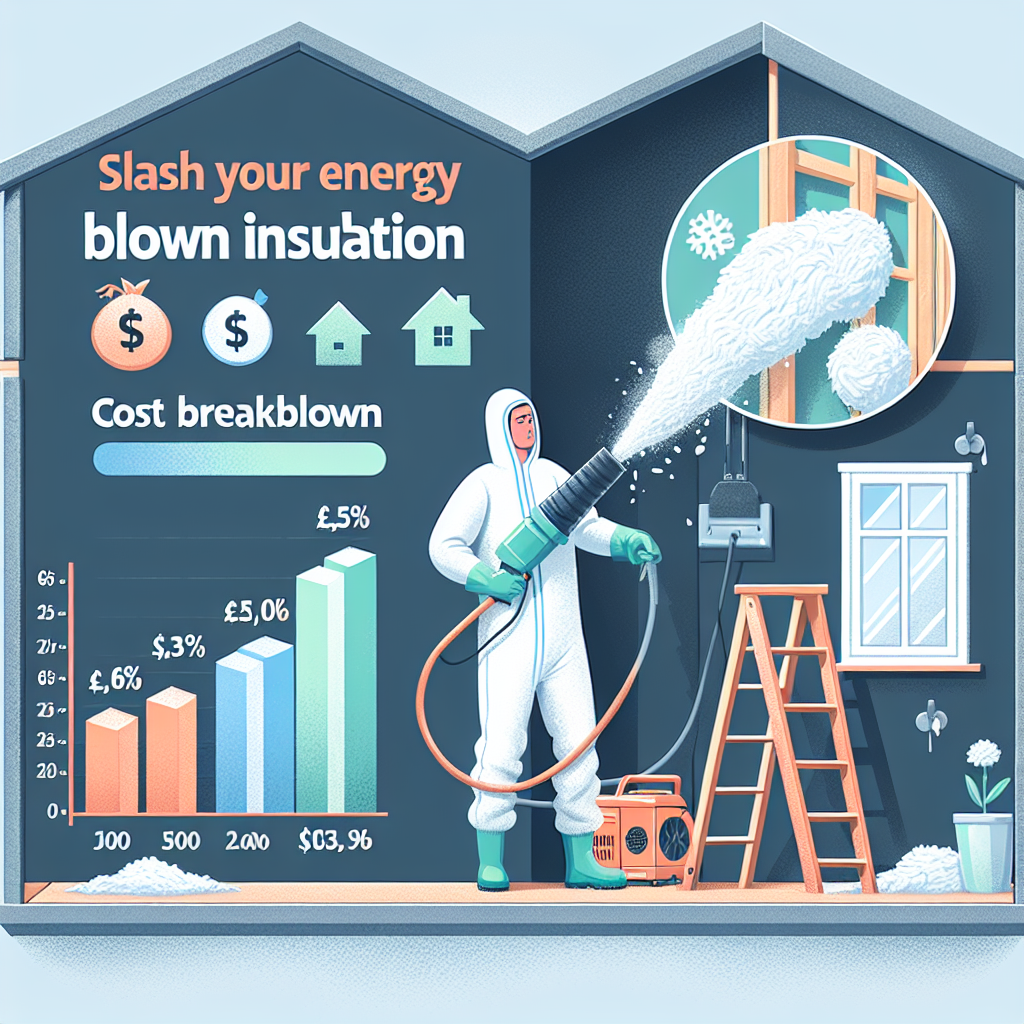
Blown-in wall insulation is a popular choice for homeowners looking to improve the energy efficiency of their homes. It involves using loose insulation material, such as fiberglass or cellulose, to fill the empty spaces within the walls. This creates a barrier that helps to keep the heat inside during the winter and outside during the summer, resulting in lower energy bills and a more comfortable living space. However, before deciding to invest in blown-in wall insulation, it is important to understand the cost involved and the factors that can affect it.
The cost of blown-in wall insulation can vary depending on several factors. The first and most obvious factor is the size of the area that needs to be insulated. The larger the area, the more material will be needed, and therefore, the higher the cost. Additionally, the type of insulation material chosen can also impact the cost. Fiberglass tends to be less expensive than cellulose, but it may not be as effective in certain climates. It is important to consult with a professional to determine the best type of insulation for your specific needs.
Another factor to consider is the condition of the walls. If the walls are damaged or have existing insulation, it may need to be removed before the blown-in insulation can be installed. This can add to the overall cost of the project. Additionally, if the walls are difficult to access, such as in a multi-story home, it may require specialized equipment or additional labor, which can also increase the cost.
The location of the home can also play a role in the cost of blown-in wall insulation. The cost of materials and labor can vary depending on the region or city. For example, the cost of insulation in a rural area may be lower than in a major city due to differences in labor and material costs. It is important to research the average cost of insulation in your area to get a better understanding of what to expect.
In addition to these factors, the age and type of home can also impact the cost of blown-in wall insulation. Older homes may require more preparation work, such as sealing air leaks, before the insulation can be installed. This can add to the overall cost but can also result in greater energy savings in the long run. Similarly, the type of construction of the home can also affect the cost. For example, homes with brick or stone exteriors may require more labor and specialized equipment to install the insulation, resulting in a higher cost.
It is also important to consider the long-term benefits of blown-in wall insulation when calculating the cost. While the initial cost may seem high, the energy savings over time can make it a worthwhile investment. In fact, according to the Department of Energy, homeowners can save up to 15% on heating and cooling costs by properly insulating their homes. This can result in significant savings over the years and can also increase the value of the home.
In conclusion, the cost of blown-in wall insulation can vary depending on several factors, including the size of the area, type of insulation material, condition of the walls, location, age and type of home. It is important to consider all of these factors when calculating the cost and to consult with a professional to determine the best course of action for your specific needs. While the initial cost may seem high, the long-term benefits of energy savings and increased home value make blown-in wall insulation a smart investment for any homeowner.
Maximizing Savings with DIY Blown-In Insulation: Tips and Tricks
Blown-in wall insulation is a popular and cost-effective way to improve the energy efficiency of your home. It involves using a machine to blow loose insulation material, such as fiberglass or cellulose, into the walls of your home. This creates a layer of insulation that helps to keep your home warm in the winter and cool in the summer. While hiring a professional to install blown-in insulation can be expensive, there are ways to save money by doing it yourself. In this article, we will discuss some tips and tricks for maximizing savings with DIY blown-in insulation.
The first step in any DIY project is to do your research. It is important to understand the process and materials involved in blown-in insulation before attempting it yourself. This will help you to avoid costly mistakes and ensure that you are using the correct materials for your home. There are many resources available online, such as tutorials and instructional videos, that can guide you through the process.
One of the biggest cost-saving tips for DIY blown-in insulation is to rent the equipment instead of buying it. The machine used to blow in the insulation can be quite expensive, and unless you plan on using it frequently, it may not be worth the investment. Renting the equipment from a home improvement store or rental company can save you hundreds of dollars. Additionally, some stores offer discounts or promotions for first-time renters, so be sure to do some price comparisons before making a decision.
Another way to save money on blown-in insulation is to purchase the insulation material in bulk. Buying in bulk can often result in significant discounts, especially if you are purchasing a large quantity. It is also important to compare prices from different suppliers to ensure that you are getting the best deal. Keep in mind that the type of insulation material you choose can also affect the cost. Fiberglass insulation is typically cheaper than cellulose, but cellulose is more environmentally friendly and has better insulating properties.
When it comes to installation, it is important to follow the manufacturer’s instructions carefully. This will ensure that the insulation is installed correctly and effectively. It is also important to wear protective gear, such as a mask and gloves, when handling the insulation material. This will not only protect you from any potential health hazards but also prevent the material from irritating your skin.
One cost-saving trick for DIY blown-in insulation is to use recycled materials. Many homeowners choose to use old newspapers as insulation material, as it is a cheap and eco-friendly option. However, it is important to note that using recycled materials may not provide the same level of insulation as traditional materials. It is best to consult with a professional or do some research to determine the best option for your home.
Finally, it is important to properly seal any gaps or cracks in your walls before installing blown-in insulation. This will prevent air leaks and ensure that the insulation is working effectively. You can use caulk or foam sealant to seal any gaps, and this will also help to improve the overall energy efficiency of your home.
In conclusion, DIY blown-in insulation can be a cost-effective way to improve the energy efficiency of your home. By doing your research, renting equipment, buying in bulk, and using recycled materials, you can save money on the overall cost of the project. It is also important to follow proper installation techniques and seal any gaps in your walls for maximum effectiveness. With these tips and tricks, you can successfully install blown-in insulation and enjoy the savings on your energy bills for years to come.
Q&A
1) What is the average cost of blown in wall insulation?
The average cost of blown in wall insulation is around $1,500 to $2,000 for a 1,500 square foot home. However, the cost can vary depending on factors such as the type of insulation material used, the size of the home, and the labor costs in your area.
2) How does blown in wall insulation compare to other types of insulation in terms of cost?
Blown in wall insulation is generally more cost-effective compared to other types of insulation such as spray foam or batt insulation. This is because it can be installed quickly and easily, reducing labor costs, and the material itself is less expensive.
3) Are there any additional costs associated with blown in wall insulation?
In addition to the cost of the insulation material and labor, there may be additional costs for equipment rental, such as a blower machine, and any necessary repairs or preparation work for the walls. It is important to get a detailed quote from a professional insulation contractor to understand the full cost of the project.
Conclusion
In conclusion, the cost of blown in wall insulation can vary depending on factors such as the size of the area, type of insulation material, and labor costs. On average, homeowners can expect to pay between $1,400 to $2,300 for blown in wall insulation. However, this cost can provide long-term savings on energy bills and improve the overall comfort and efficiency of a home. It is important to consult with a professional to determine the best insulation option and cost for your specific needs.


